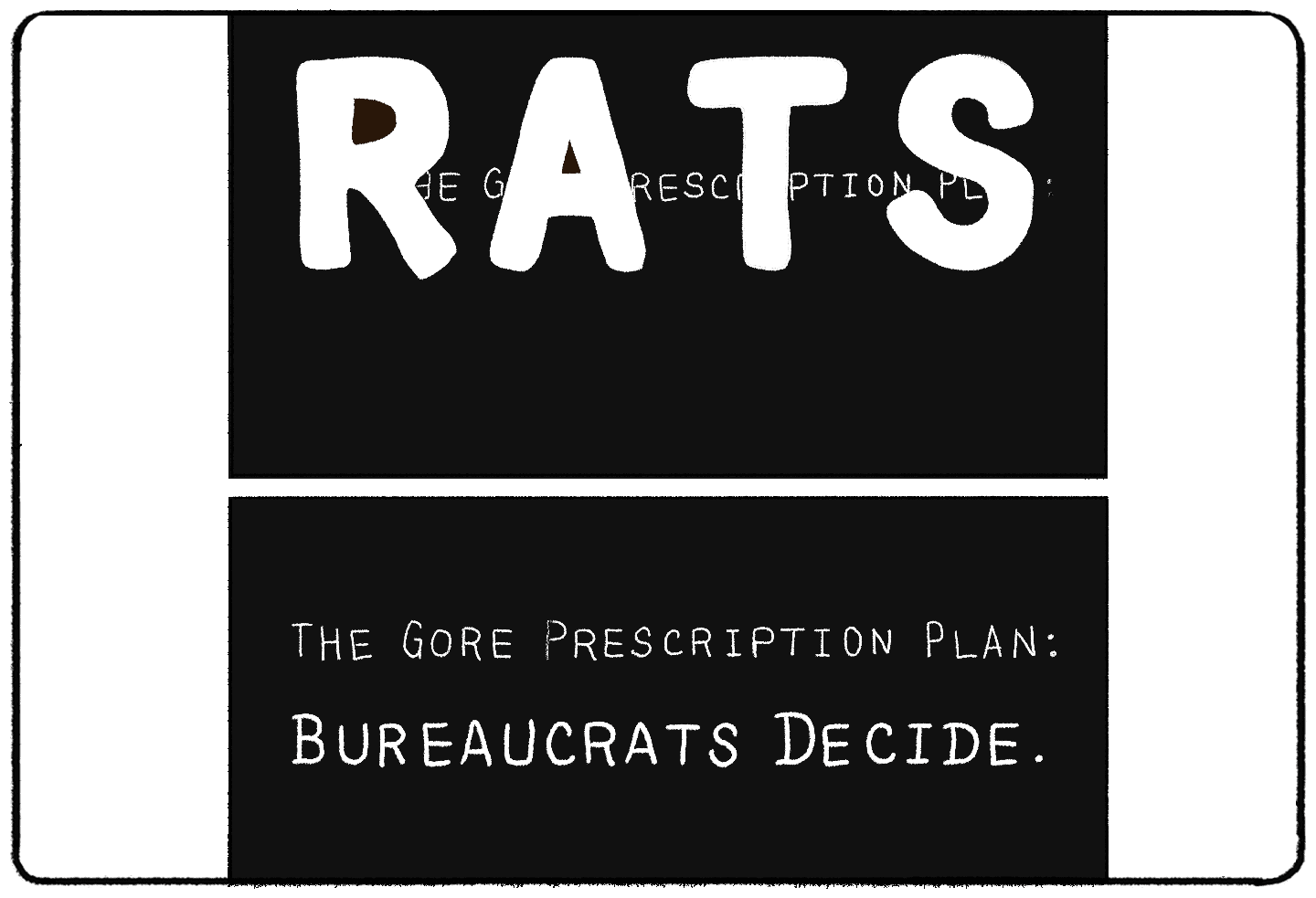Take a moment to think about the term “subliminal messaging.” What comes to mind?
For many, it evokes concerns of covert manipulation. It's often associated with advertisers, brands, or governments attempting to sway viewers' minds. So, let's delve into this concept, exploring its mechanisms, limitations, and how our minds process information that might be below our conscious awareness.
What Is Subliminal Advertising?
The word "subliminal" refers to anything that happens below our threshold of consciousness. Such advertising attempts to reach the unconscious mind, with messages in these advertisements influencing thoughts, emotions, and buying decisions unbeknownst to the consumers. Given its potentially deceptive nature, subliminal advertising is banned in many countries.

Subliminal vs. Supraliminal
Subliminal stimuli are stimuli that are not recognized by your conscious mind. When your conscious mind recognizes stimuli, it is called supraliminal stimuli. If you turn on a rock song at a karaoke bar and sing along, the song is supraliminal stimuli. If that song comes on at the grocery store, and you realize you’re singing it before you realize it’s playing, the stimuli are recognized subliminally. If the song comes on as your alarm, it is recognized subliminally. The stimuli are supraliminal if you wake up while the song is playing.
Attention Plays a Part in Subliminal vs. Supraliminal
Our minds have a lot of stimuli to process. A lot. Think about all the conversations in a crowd or the sights you can visit at a museum. Sometimes, the stimuli that become supraliminal are those we intentionally pay attention to.
Examples of Subliminal Advertising
Let’s say the viewers are watching a movie. The movie flashes the word “Drink Coca-Cola” so fast that viewers don’t recognize the change onscreen. These flashes last less than half a second.
Nonetheless, the viewers are more likely to buy Coca-Cola.
A marketing researcher claimed that this happened. In 1957, James Vicary claimed he could increase Coca-Cola sales by 18% from this little experiment. He claimed that by using the same process with popcorn, he increased sales by over 57%.
That’s a lot of popcorn and Coca-Cola for very little cost and a whole lot of manipulation.
Since then, many people have learned about (and believed in) the power of subliminal advertising. Companies have also attempted to use some form of subliminal messaging in their logos, commercials, and other types of media.
Does Subliminal Advertising Work?
But here’s the thing. James Vicary’s experiment was a fraud. He was also never able to repeat his results after becoming famous for the 1957 experiment. In the scientific community, the efficacy of subliminal advertising has been the subject of much debate. According to a meta-analysis, the effect of subliminal priming is small to medium at best, with an effect size of d = 0.36. Moreover, most experiments that showed any effects revealed no lasting impact beyond a few minutes. A telling study from the Netherlands showed that when participants were exposed to subliminal messages about Lipton Ice, those who were thirsty were 80% more likely to choose Lipton Ice over another beverage when given a choice. This hints at the situational specificity of such effects.
Creativity and Subliminal Advertising
In 2008, a group of participants were tasked with coming up with uses for a brick. Before completing the task, they were “subliminally primed.” Rather than receiving direct orders from the researchers telling them to buy or eat the brick, the participants saw company logos. They were exposed to logos like Apple’s, back when the logo was rainbow and included the words “Think Different.” Other participants were exposed to Disney’s logo, Intel’s logo, or E!’s logo.
Researchers then observed how the participants completed the task. As it turns out, the " primed " participants with Apple’s logo were likelier to create creative and “different” responses.
George W. Bush's Subliminal Advertising
Take this classic example of “subliminal” messaging. In 2000, George W. Bush’s campaign ran an attack ad that discussed Al Gore’s healthcare policies. The screen text says, “The Gore Prescription Plan: Bureaucrats decide.”
The campaign was accused of subliminal messaging. Before the full word of “Bureaucrats” appears on screen, “RATS” appears. It took a while for viewers to notice it - after all, the word “rats” only appears for 1/30th of a second. But I can guarantee you that you’ll know what I’m talking about if you watch the ad now.

We are likelier to see it when we focus on something or wait for it to appear on screen. (Of course, if you’ve watched my videos on Change Blindness or Inattentional Blindness, you know this can be manipulated, and our brains can always miss things.)
Of course, when Bush’s ads were first running, people weren’t looking out for the word “rats.” It’s possible to recognize stimuli without focusing on them or paying attention. But what does that say for our behavior? Can we not see the word “thirsty” but still reach for a glass of water?
Conditions In Which Subliminal Messages Work
I chose the word “thirsty” for a reason. A few studies have been done on subliminal advertising and drink choices. The words flashed on a screen prompted participants to choose a certain drink or drink more.
In some of these studies, subliminal advertising did work - but only when the participants were already thirsty.

Similar Behavior Goals
There are two conditions in which subliminal advertising may work. The first condition is that the viewer, participant, etc., must already be aligned with the researchers' goals. If someone is already thinking about choosing a number, then subliminal messaging may prompt them to pick a certain number. If someone is thirsty, then subliminal messages about hydration, drinking, or specific soda brands may be effective. But if the subliminal messaging is completely “random,” it won’t work.
Vicary’s experiment could have worked - if the viewers were already thinking about what snacks they wanted to buy after the movie. But most likely, it wouldn’t have worked anyway. There is a second condition that makes subliminal messaging effective. This condition has to do with timing.
Timing
Subliminal messaging experiments have only succeeded when the behavior or response quickly follows the messaging. Some studies have tracked whether a person’s behavior was influenced up to 10 days after exposure to subliminal messaging. They weren’t.
Unless you are prompted to decide immediately after seeing subliminal messaging that would influence your decision, you’re safe from any mind control.
There is a lot of time and stimuli that happen during a movie. They wouldn't have worked if Vicary’s messages popped up during the final credits and the viewers were already hungry or thirsty.
Is Subliminal Advertising Illegal?
Because subliminal advertising can work and be intentionally misleading, it is banned in many countries worldwide. Not all of these countries have explicit laws on subliminal advertising, but "misleading" or "unfair" advertising may be banned or discouraged by governing bodies.
Even though subliminal messaging sounds like something out of a dystopian novel, it is controlled and
Take a moment to think about the term “subliminal messaging.” What comes to mind?
For many, it evokes concerns of covert manipulation. It's often associated with advertisers, brands, or governments attempting to sway viewers' minds. So, let's delve into this concept, exploring its mechanisms, limitations, and how our minds process information that might be below our conscious awareness.
What Is Subliminal Advertising?
The word "subliminal" refers to anything that happens below our threshold of consciousness. Such advertising attempts to reach the unconscious mind, with messages in these advertisements influencing thoughts, emotions, and buying decisions unbeknownst to the consumers. Given its potentially deceptive nature, subliminal advertising is banned in many countries.
Take a moment to think about the term “subliminal messaging.” What comes to mind?
For many, it evokes concerns of covert manipulation. It's often associated with advertisers, brands, or governments attempting to sway viewers' minds. So, let's delve into this concept, exploring its mechanisms, limitations, and how our minds process information that might be below our conscious awareness.
